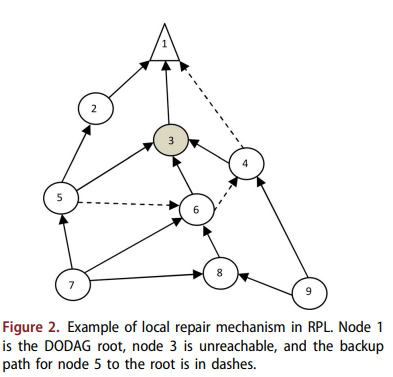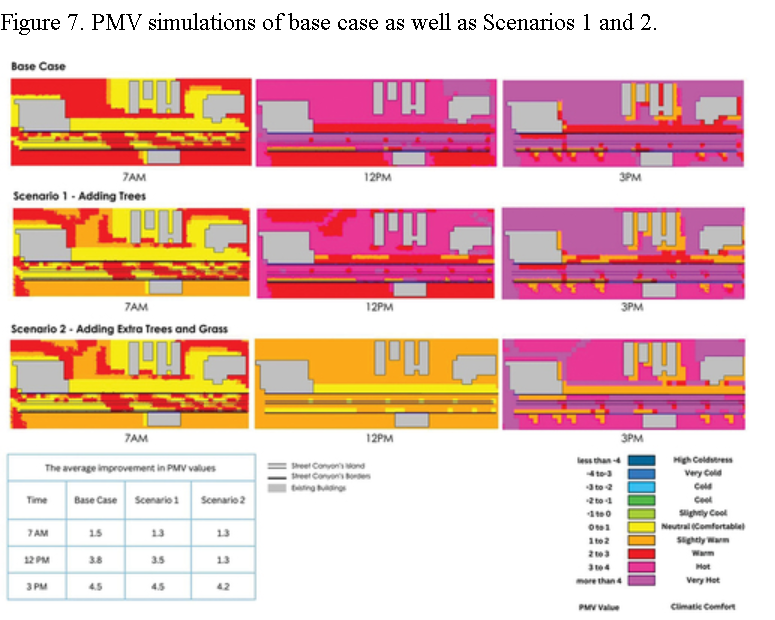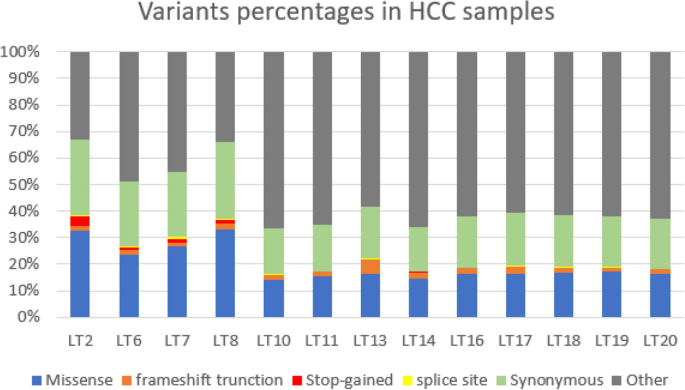

Optimal proactive monitor placement & scheduling for IoT networks
This work is fulfilled in the context of the optimized monitoring of Internet of Things (IoT) networks. IoT networks are faulty; Things are resource-constrained in terms of energy and computational capabilities; they are also connected via lossy links. For IoT systems performing a critical mission, it is crucial to ensure connectivity, availability, and network reliability, which requires proactive network monitoring. The idea is to oversee the network state and functioning of the nodes and links; to ensure the early detection of faults and decrease node-unreachability times. It is imperative to minimize the resulting monitoring energy consumption to allow the IoT network to perform its functions. Furthermore, to realize the integration of the monitoring mechanism with IoT services, this latter should work in tandem with the IoT standardized protocols, especially the IPv6 for Low-power Wireless Personal Area Networks (6LoWPAN) and the Routing Protocol for Low-power and lossy networks (RPL). In this paper, an optimized, proactive, passive monitoring system is proposed for IoT networks. The proposition ensures the optimal placement of monitoring nodes (monitors). Leveraging the graph built by RPL for routing (the DODAG), minimal sets of monitors are optimally placed to cover a given domain. The monitoring activity is optimally scheduled between several subsets of nodes to prolong longevity while minimizing the energy consumption for monitoring, communication, and state transitions. Our proposition provides the exact solution to the defined monitoring placement and scheduling problem via a Binary Integer Program. The model serves as a benchmark for the performance evaluation of contemporary models. Experimentation is designed using network instances of different topologies. Results demonstrate the proposed model’s effectiveness in realizing full monitoring coverage with minimum energy consumption and communication overhead and a balanced distributed monitoring role. © 2022 Operational Research Society.



